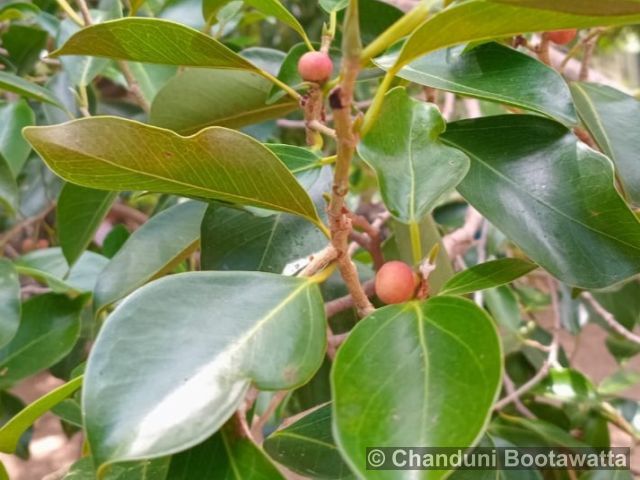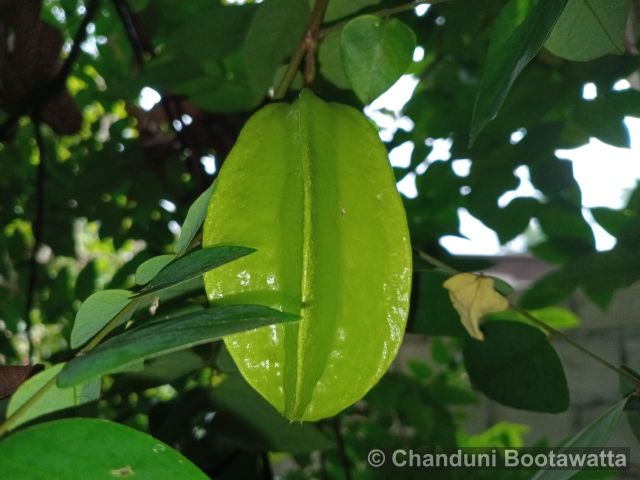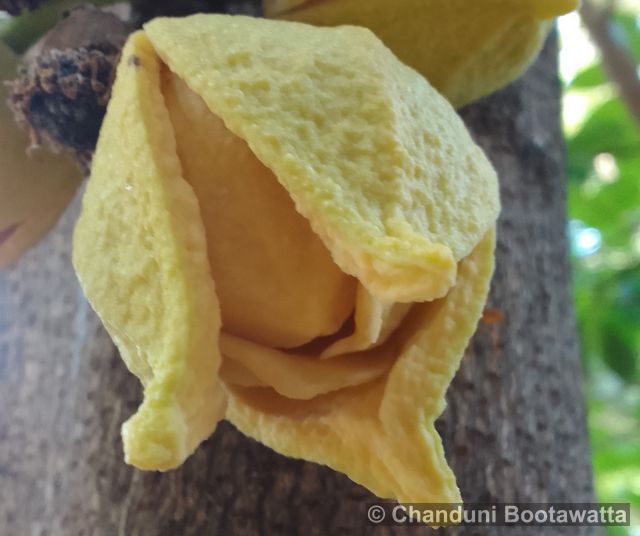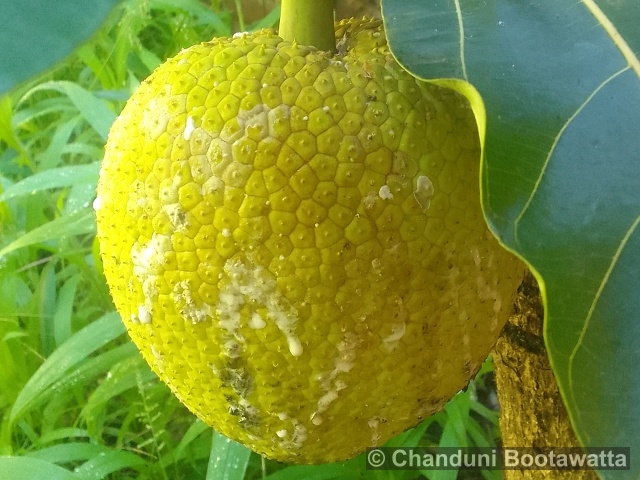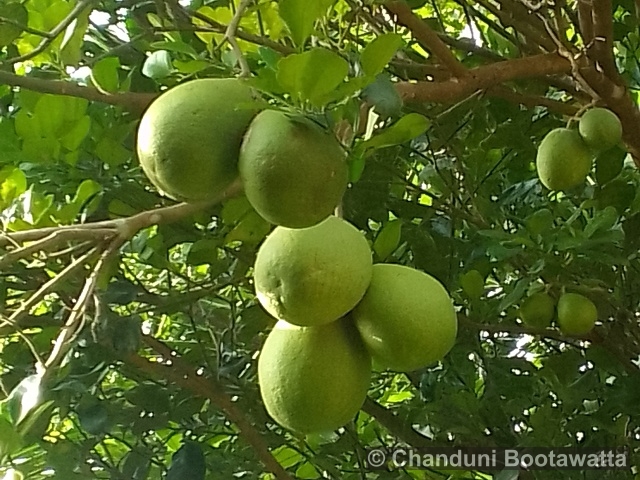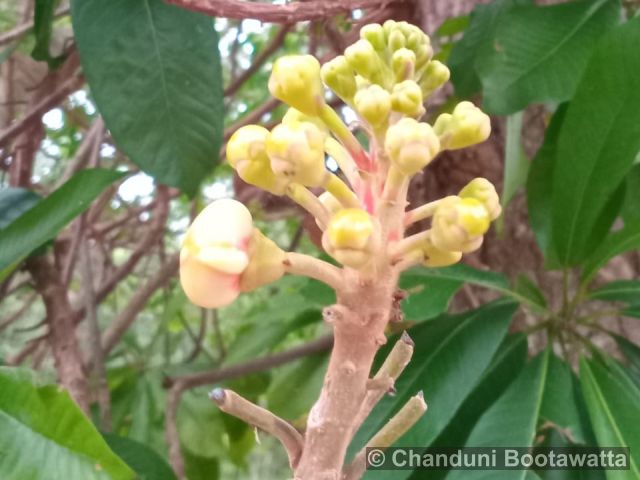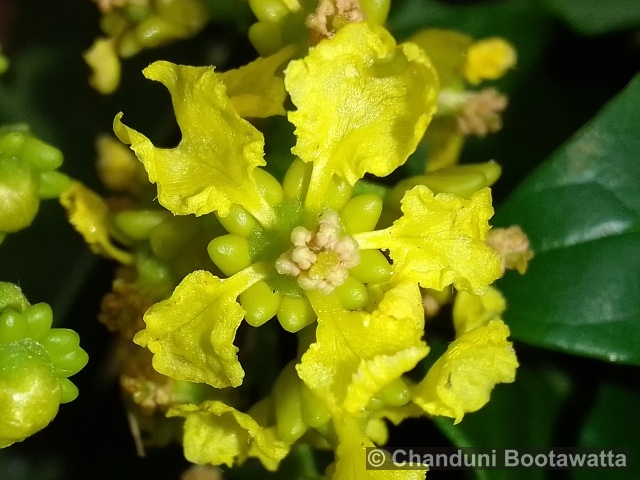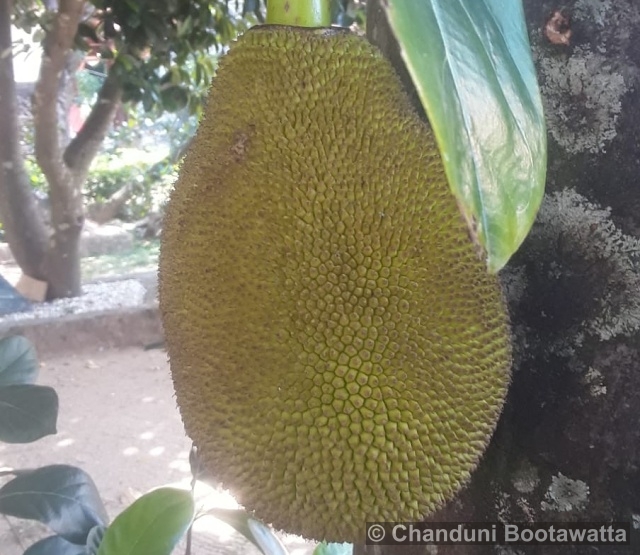Tento příspěvek byl přečten215krát!
Lavulu (ලාවුලු), cupcake fruit, zapote amarillo or canistel
Syn.: Lucuma campechiana Kunth, Lucuma nervosa A. DC., Lucuma salicifolia Kunth
Family – Sapotaceae, zapotovité
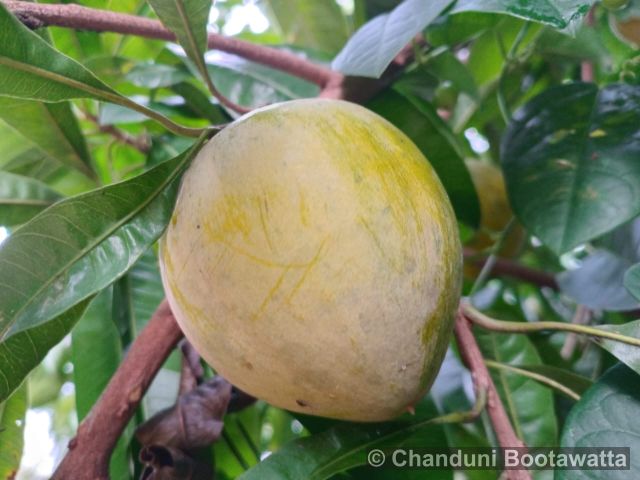
Description: It has leathery, glossy green leaves that are oblong and smooth-edged. Its trunk is sturdy and light brown or gray, with a rough texture and small ridges as the tree matures. The flowers are small, white or yellowish, and fragrant, blooming in clusters on the trunk or branches before transforming into the tree’s characteristic egg-shaped, yellow fruit. The tree produces a bright yellow, egg-shaped fruit with a creamy, smooth texture similar to the consistency of a cooked egg yolk. The fruit has a mild, sweet taste with a slightly musky flavor.
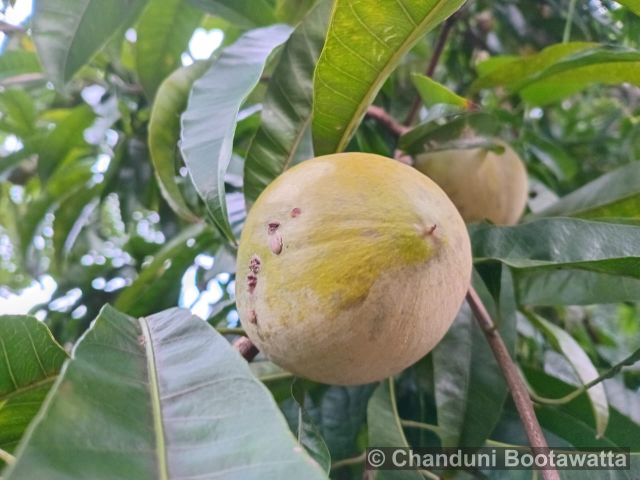
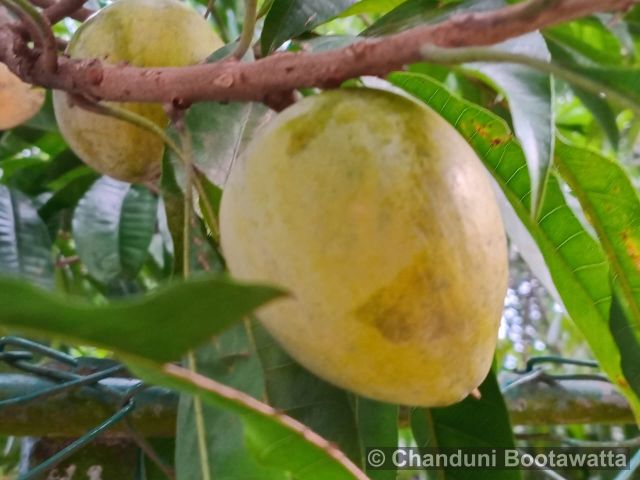
Substitutions – Pouteria lucuma (Lucuma): Lucuma, another member of the Pouteria genus, is sometimes used as a substitute for Canistel due to the similarity in texture and taste. Lucuma has a creamy, sweet flesh that is often used in desserts and smoothies, much like Canistel. It is also rich in beta-carotene and other vitamins, making it a good nutritional substitute. – Chico (Manilkara zapota): Chico, also known as Sapodilla, belongs to the same family as Canistel. Its flesh has a similar smooth and creamy texture, although it is sweeter and more caramel-like in flavor. Sapodilla can be used in place of Canistel in various culinary applications, including smoothies, ice creams, and other desserts.
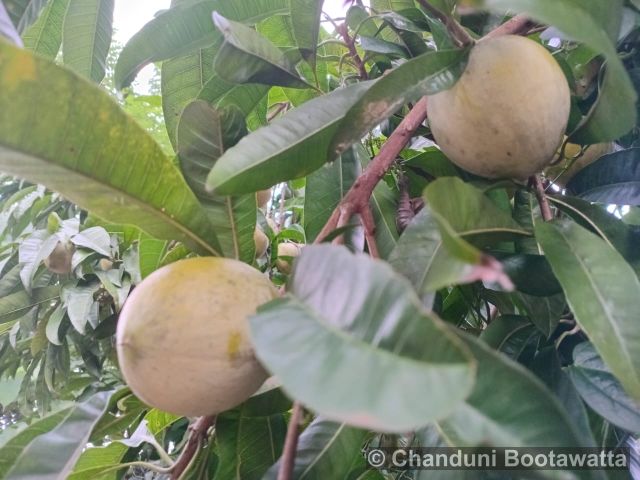
Ecology: Thrives in warm tropical and subtropical climates, with temperatures ranging from 20°C to 30°C. It prefers well-drained, sandy-loamy soils rich in organic matter and has a preference for slightly acidic to neutral pH. Canistel trees need full sunlight and perform best in areas with moderate rainfall, although they are somewhat drought-tolerant once established.
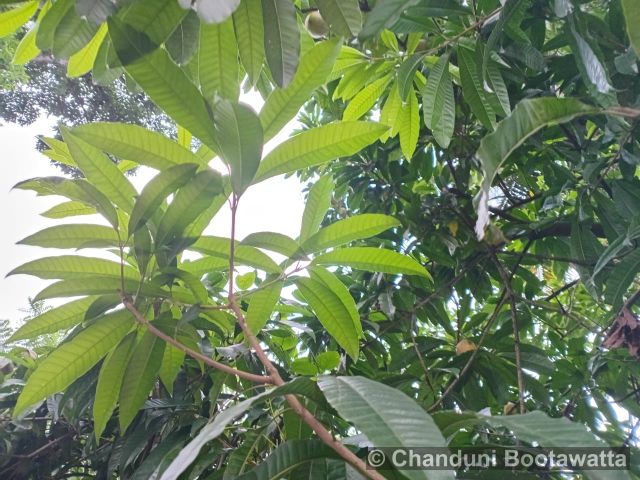
General Distribution: Native to the tropical regions of Mexico and Central America, but it is now grown in other parts of the tropics, such as South America (particularly in Brazil) and Southeast Asia (notably the Philippines and Indonesia). It is increasingly cultivated in other tropical and subtropical areas, including parts of Florida and California in the United States.
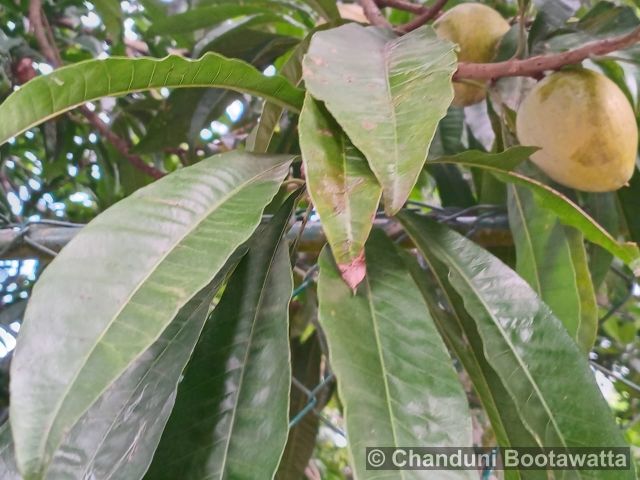
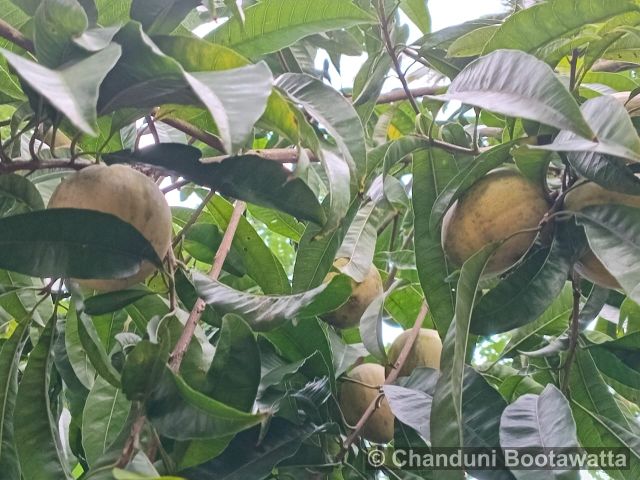
Use: The fruit is rich in vitamins A and C, and its flesh is often eaten fresh, blended into smoothies, or used in desserts. Canistel is also used for its medicinal properties, believed to help with digestive issues and as a source of energy.
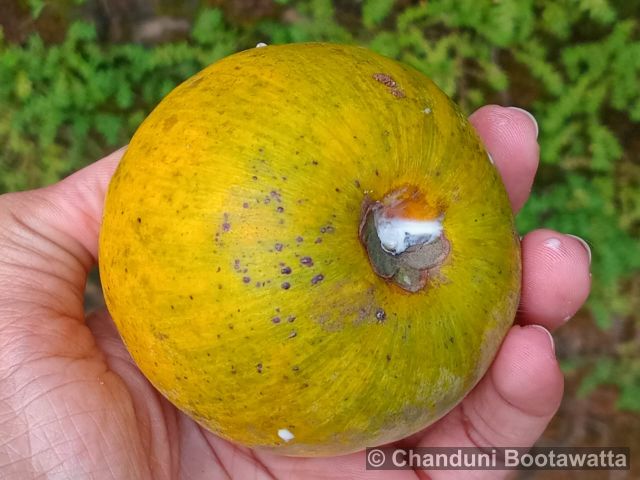
Author of text and photos: Chanduni Bootawatta.
Photographed in Gampola, Sri Lanka on 16 December 2024.



 Poslat emailem
Poslat emailem